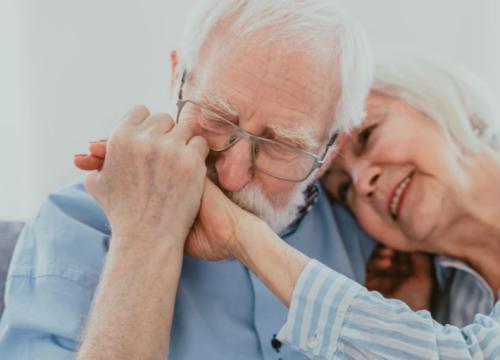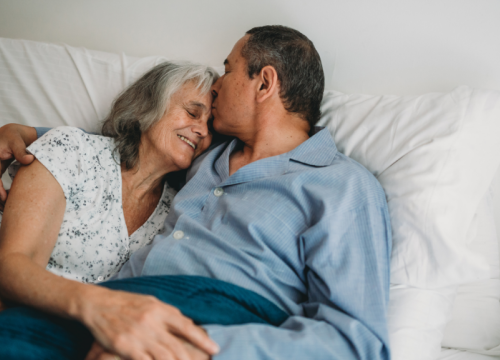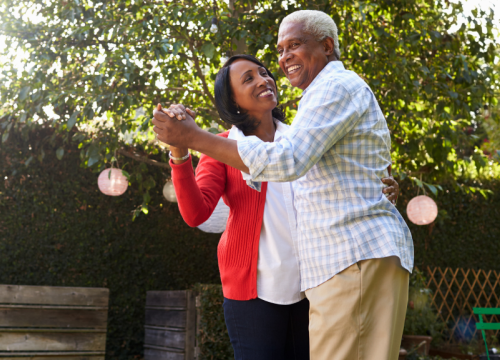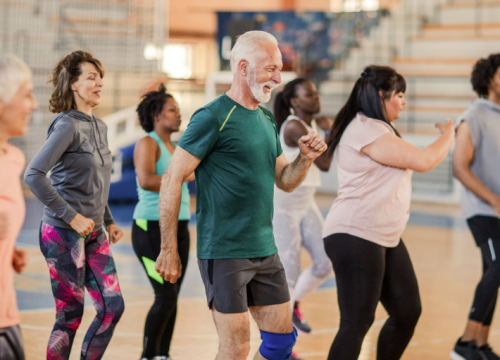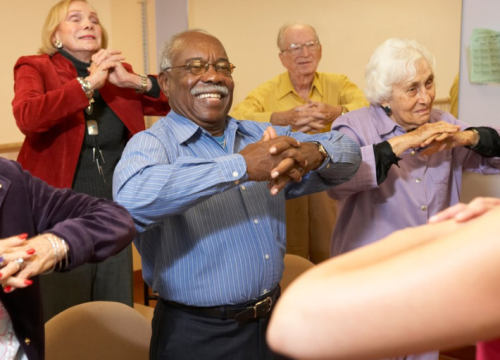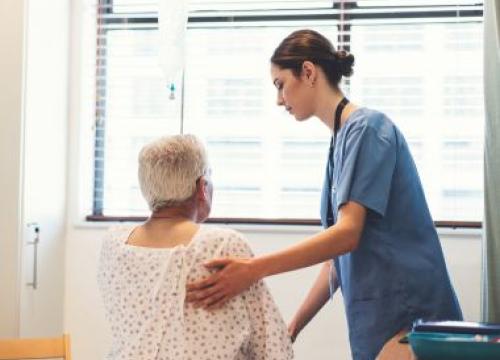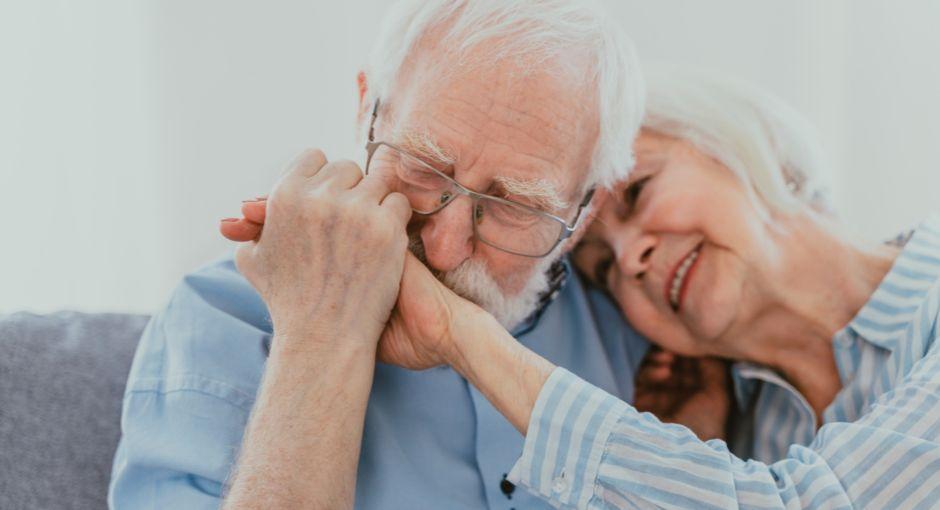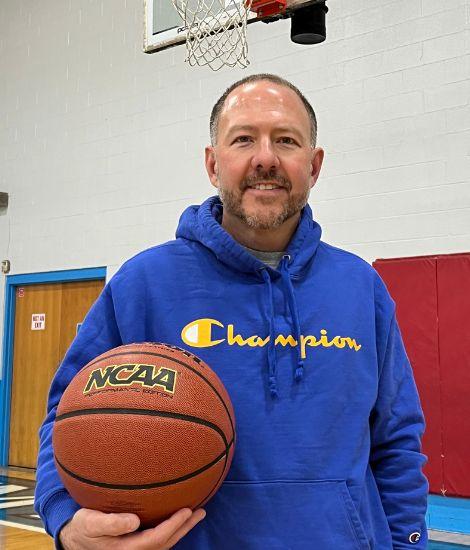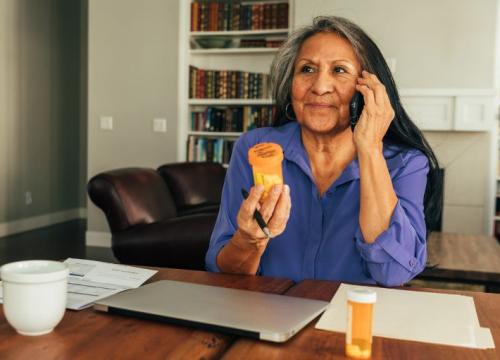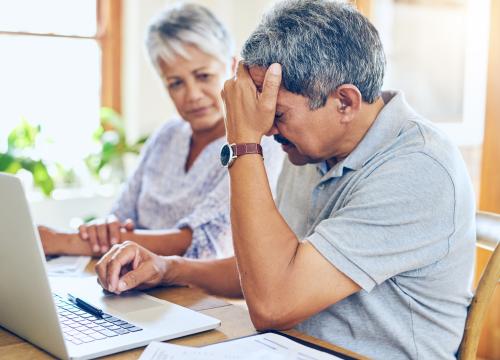Parkinson’s disease (PD) has made me a better basketball player — and a better bicyclist, birdwatcher and bowler. I know that sounds counterintuitive. With a degenerative brain disease, after all, things worsen over time. Right? In the long run, perhaps so.
In the years preceding my diagnosis, however, the churning currents of daily responsibilities — mainly job-related — carried me away from healthful activities that I enjoyed in my younger years.
Then came 2020 — the year I stopped walking right.
I was 49.
Looking back, I now recognize that the first signs of Parkinson’s disease popped up years before that — increased anxiety, attention deficits, fatigue, muscle rigidity and shoulder stiffness. But it was the sudden onset of persistent cramping in my left foot that figuratively (and literally) threw me off my stride. The cramps progressed to a constant limp that dogged me even when no cramps were present. I began bicycling for exercise rather than my usual walking or running — because bicycling did not trigger the cramps.
I finally saw a neurologist. After months of uncertainty, I received my Parkinson’s diagnosis in February 2022. Directly upon diagnosis, my neurologist at Indiana University Health, part of the Parkinson’s Foundation Global Care Network, provided me with educational books published by the Parkinson's Foundation.
Upon learning more about my symptoms, I found out the foot cramps were Parkinson’s-induced dystonia. To my great relief, a regimen of carbidopa-levodopa dramatically reduced the dystonia and the limp. I began enjoying walking again — with a new appreciation for being able to do so. Across a spectrum of activities, my PD diagnosis brought me back to doing things that promote better mental and physical health.
Support of family and friends is paramount. My wife, Amy, has been a constant partner at every step. Together, motivated by a mutual desire to stay active, we have spent more time doing things we love like hiking, birdwatching and bowling. Likewise, I have valued the encouragement of my three daughters — along with my parents, in-laws, friends and co-workers. I’ve also appreciated interacting on Facebook and Twitter with others facing Parkinson’s disease.
Basketball has become my primary therapy. I play 4-on-4 half-court hoops two nights a week. When I’m on the basketball court, I don’t think about my symptoms.
After playing infrequently during my 40s, I now enjoy trying to improve my skills each week. My outside shot — such as it was, anyway — has largely survived. But when I drive to the basket, I miss layups time after time. So, my current goal — besides passing the ball better — is to actually score the bucket after getting past defenders on the way to the hoop.
Exercise is so enormously beneficial for Parkinson’s disease. Conversely, the worst thing for PD, in my experience, is spending long periods sitting at a desk or otherwise being sedentary. After years as a news journalist, I have now worked in state government since 2014. My job requires hours at a computer keyboard, but I do my best to get up and be active in the midst of workdays.
As I now deal with some dyskinesias and other symptoms, I realize that Parkinson’s is a tough opponent. But we can keep scoring points, nonetheless.
Learn more strategies for staying active with Parkinson’s. Download our Fitness Counts book.
